BMW Spartanburg at 30
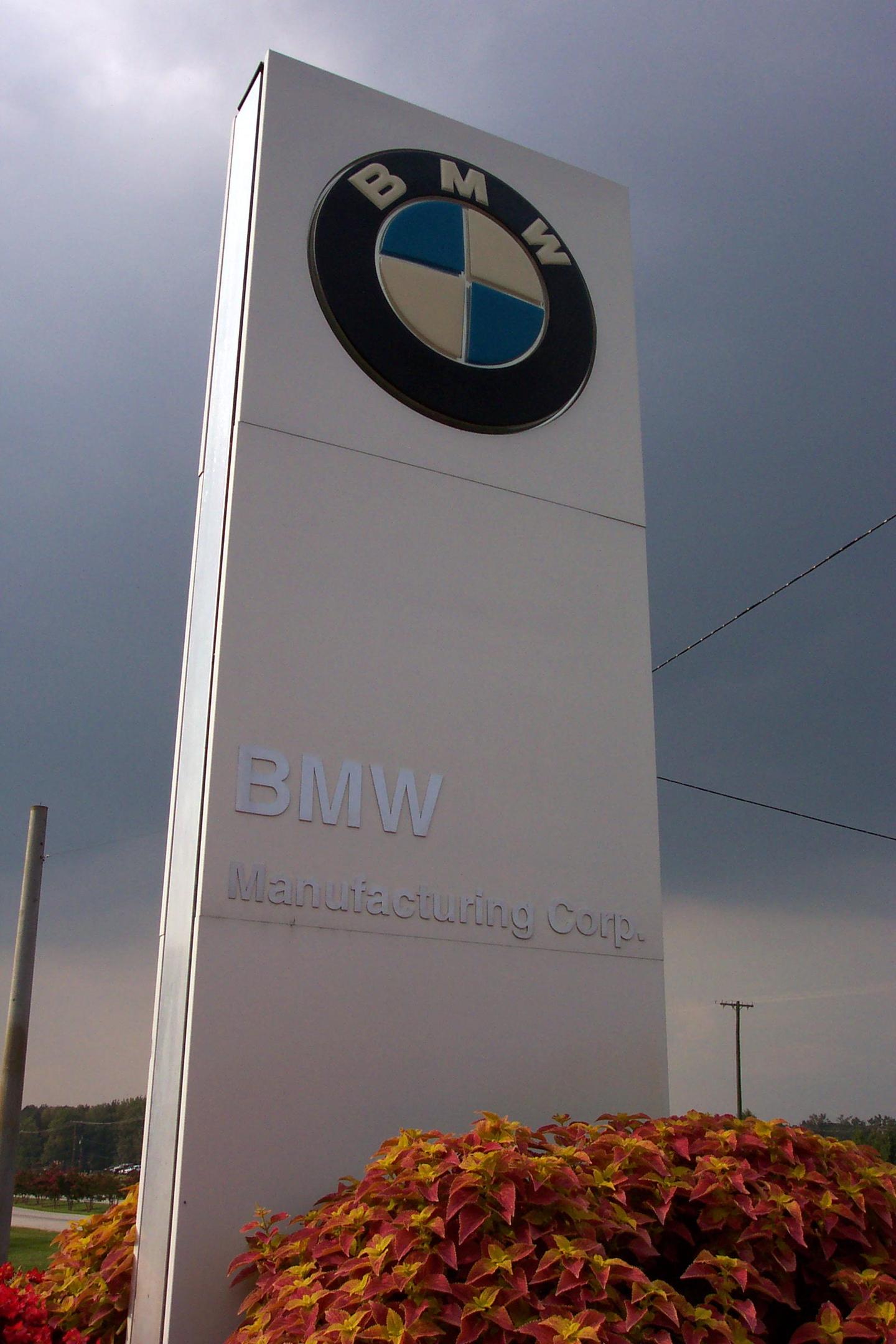
On September 30, 1992, BMW Chairman Eberhard von Kuenheim and South Carolina Governor Carroll Campbell broke ground on the BMW Manufacturing plant in Spartanburg County, South Carolina. This was to be BMW’s first full assembly plant outside of Germany. The South African plant preceded Spartanburg, but was not considered a full assembly plant, instead building cars from kits sent from Germany.
This year, Plant Spartanburg celebrates 30 years of success. Over that 30-year period, the growth of the plant has been incremental, with BMW AG investing in the facility virtually every year.
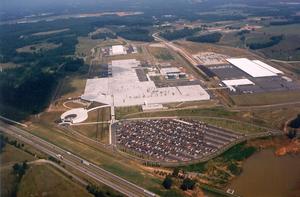 This is what Plant Spartanburg looked like in 1995, when the Z3 was being built. The crescent-shaped building in the foreground is the Zentrum Museum.
This is what Plant Spartanburg looked like in 1995, when the Z3 was being built. The crescent-shaped building in the foreground is the Zentrum Museum.The first vehicle assembled at the South Carolina plant was a four-door, E36 3 Series, in 1994. This was the simplest car the company built at the time. By 1995, the plant was the exclusive source for the new Z3 roadster. At the time, the plant’s capacity was only about 100,000 vehicles per year, with the potential to eventually grow to 300,000 vehicles per year.
The year 1998 marked another big change as the plant was expanded to accommodate production of the first X5 starting in September 1999.
In 2002, the new Z4 replaced the Z3, while the X5 continued production on a parallel line. But in 2005, the plant shut down to combine the two lines into one line that could build both the Z4 and the X5.
2007 marked some shuffling between the plants by BMW. The X6 was added in Spartanburg and the X3 was shifted for the second generation from being built by Magna Steyr in Austria, to Spartanburg. To make room, Z4 production went to Regensburg, Germany in 2010. During that period, 2007 to 2010, plan capacity went from 160,000 to 240,000 per year.
The X4 was added in 2014, as the X Cars built towards filling every niche. With the X3, X4, X5 and X6 built at Spartanburg, was there ever any doubt an X7 was coming? It started production in 2018.
So, what next? An M version of virtually every X vehicle was introduced, as were hybrid versions. All were built at the Spartanburg plant. The only X vehicles not built in South Carolina were the X1 and X2. The XM joined in 2022, to mark the 50th anniversary of BMW M.
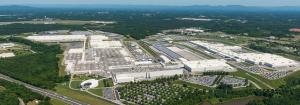 This is what Plant Spartanburg looks like today. The Zentrum hasn't changed, but it is now dwarfed by the surrounding manufacturing buildings.
This is what Plant Spartanburg looks like today. The Zentrum hasn't changed, but it is now dwarfed by the surrounding manufacturing buildings. In the meantime, the original 300,000 vehicle capacity was exceeded and now stands at about 450,000. That was possible by dramatically expanding the campus, with elaborate conveyor systems between the various buildings.
To mark the 30th anniversary of the plant, and the start of production of the new G45 X3, BMW has announced a new addition that is a bigger deal than people realize. Yes, all electric X vehicles will come from Spartanburg, including batteries assembled in South Carolina in a new plant in Woodruff.
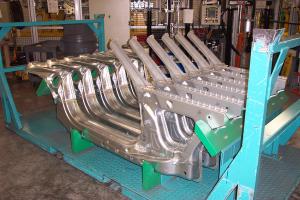 These are E85 side panels as delivered from an outside supplier. All body panels have been delivered to Spartanburg in this way in the past.
These are E85 side panels as delivered from an outside supplier. All body panels have been delivered to Spartanburg in this way in the past. But the bigger thing is the addition of a press plant. This will be the first time that BMW will press sheet metal parts at the Spartanburg plant. When I visited the plant in 2003, I was told that production volume would need to exceed 300,000 annually for the cost of the pressing machines to make financial sense. That volume has been exceeded for several years now, so the plant is to be built. At first, the pressings will only be for the new X3.
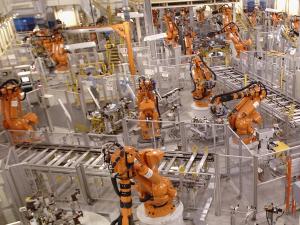 This is the body assembly area. Most of the welding is done by robots.
This is the body assembly area. Most of the welding is done by robots. Up until now, steel pressings were done by an outside supplier and arrived by train or truck in Spartanburg. That will continue to be true while BMW transitions to doing their own pressings.
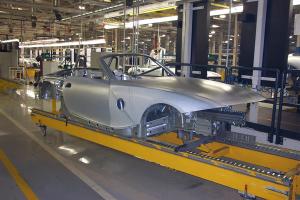 This is a 'body-in-white.' It goes to the Paint Shop next.
This is a 'body-in-white.' It goes to the Paint Shop next. These pressing machines are impressive. I saw them at the Munich plant. They are about three stories tall and when they are operating, the Earth moves below your feet. These machines are fed from large steel coils that are unloaded from trucks, cut into blanks, and then stamped into metal parts. This is at the very beginning of the production process, and it is awe inspiring.
Thirty years on, BMW Manufacturing in Spartanburg has built 6.7 million cars and currently employs 11,000 people. The plant now includes three body shops (where bodies-in-white are assembled), two paint shops, and two assembly halls.



